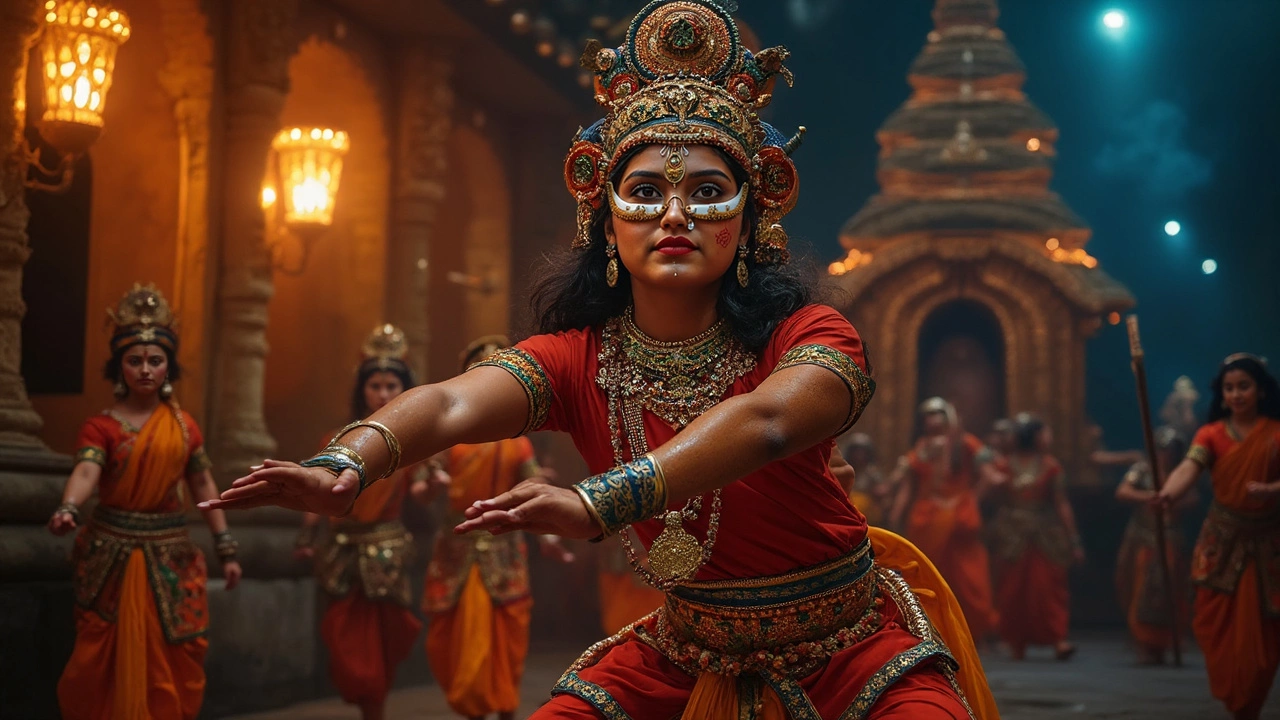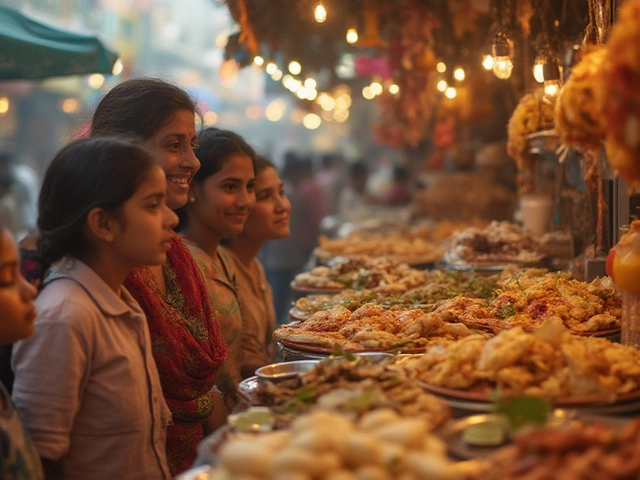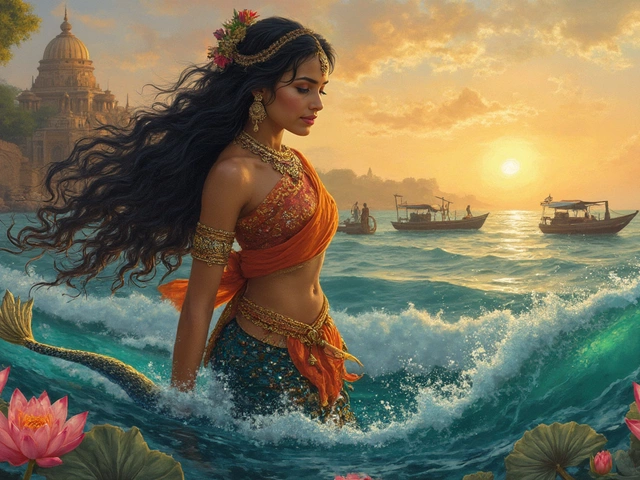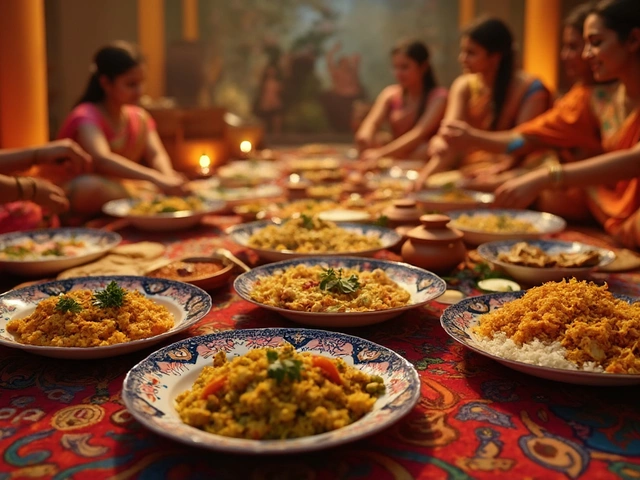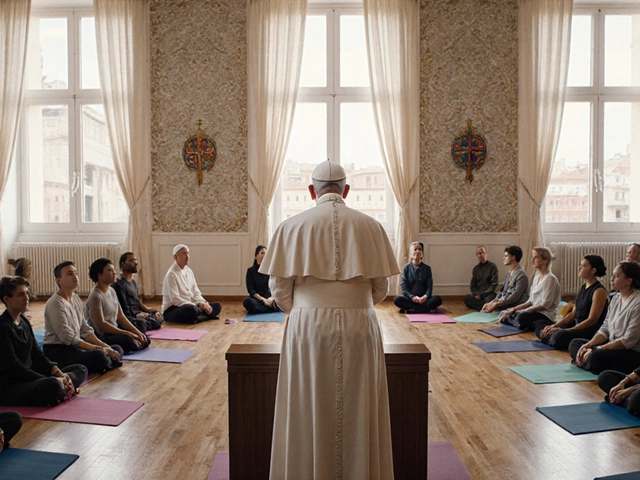Dance Forms of India: Traditional Styles, Origins, and How to Start
When you think of dance forms, structured movement traditions rooted in India’s spiritual and regional heritage. Also known as Indian classical and folk dance, these styles aren’t just performances—they’re living stories passed down for centuries. Every step, gesture, and rhythm carries meaning, whether it’s telling a myth from the Mahabharata or celebrating a harvest. Unlike Western dance styles that often focus on individual expression, Indian dance forms tie deeply to religion, caste, geography, and community identity.
There are eight major Indian classical dance, formalized styles recognized by India’s Sangeet Natak Akademi. Also known as classical Indian dance, these include Bharatanatyam from Tamil Nadu, Kathak from North India, Odissi from Odisha, and Kuchipudi from Andhra Pradesh. Each has its own rules for posture, hand gestures (mudras), footwork, and music. Then there are the folk dance forms, regional, community-based dances performed during festivals, weddings, and harvests. Also known as village dances, these include Bhangra from Punjab, Garba from Gujarat, Bihu from Assam, and Lavani from Maharashtra. These aren’t taught in studios—they’re learned at family gatherings, under village trees, with drums and flutes.
What makes these dance forms so powerful is how they survive modern life. You’ll find teenagers in Delhi learning Kathak after school. Grandmothers in Kerala still teach Koodiyattam to grandchildren. And in small towns, Bhangra isn’t just for weddings—it’s in fitness classes and TikTok trends. The same movements that once honored gods now help people stay fit, connect with roots, or simply have fun. You don’t need years of training to start. Many beginners begin with line dancing or simple Bhangra steps because they’re rhythmic, forgiving, and don’t require a partner. All you need is space, a beat, and curiosity.
Whether you’re drawn to the grace of Bharatanatyam or the energy of Garba, India’s dance forms offer something real—not just movement, but meaning. Below, you’ll find guides that break down the easiest styles to pick up, why certain dances belong to specific regions, and how even a beginner can feel the rhythm of a thousand-year-old tradition. No stage required. Just you, a song, and the will to move.
